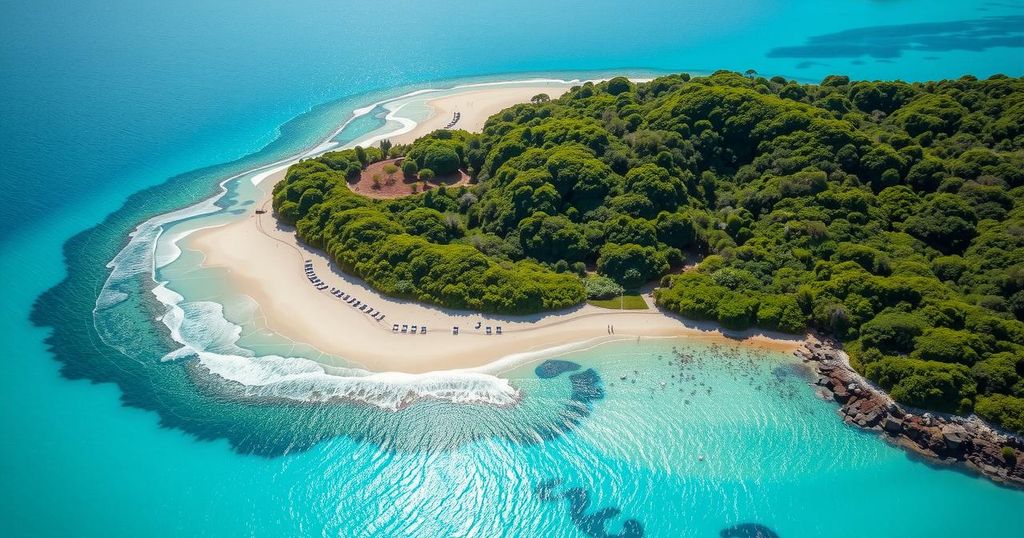Recent Study Highlights Elevated Radiation at Montebello Islands

- Study reveals plutonium levels at Montebello Islands are 4,500 times above WA coast averages.
- The contamination levels are comparable to those in the Marshall Islands.
- Research team from Edith Cowan University conducted eight days of sampling in the area.
- Current regulations limit visitor exposure to one hour daily at contaminated sites.
- Future research will evaluate the ecological impacts of this radiation.
Study Reveals High Radiation Levels at Montebello Islands
Recent research has revealed concerning levels of radiation off the coast of Western Australia’s Montebello Islands, with findings indicating that plutonium concentrations are a staggering 4,500 times higher than those found along the mainland coast. This study, published on a Sunday, raises alarms regarding the extensive nuclear contamination present in marine sediments at this location. Notably, some of the radiation levels here are being compared to those seen in the Marshall Islands, an area that experienced much more significant nuclear weapons testing than Montebello.
Research Team Maps Plutonium Contamination
To map precisely how much plutonium remains in the marine sediment, researchers from Edith Cowan University undertook an intensive study, diving for eight days at various points in the archipelago. The lead researcher, Madison Williams-Hoffman, stated that they collected sediment samples from over 66 locations, creating a so-called “heat map” of plutonium presence. Measurements indicated that radiation dispersal has occurred via two mechanisms: the initial mushroom cloud trajectories during the atmospheric tests and the reshaping influence of natural tides and severe weather that have altered sediment distribution over the decades.
Ongoing Research into Radiation Risks
The long-term consequences of this contamination are a source of concern, particularly for those who visit the area for fishing and other activities. Tim Hunt from the WA Parks and Wildlife marine program remarked on the unique challenges posed by managing radiation at the Montebello Islands. Current regulations advise visitors to limit their stay to just one hour daily on sites with known contamination, a sobering reminder of the hidden risks involved in this recreational paradise. As the study progresses, researchers plan to delve into the implications of these radiation levels for the ecology, including how they may affect marine life and potentially the safety of those who interact with the environment.
The latest study of the Montebello Islands highlights significant radiation concerns with plutonium levels alarmingly high compared to the WA coast. The research not only emphasizes the nuclear legacy of the area but also informs visitors about potential risks of exposure. As insights about the long-term impact of such contamination unfold, understanding the implications for both human health and marine ecosystems will be crucial.






